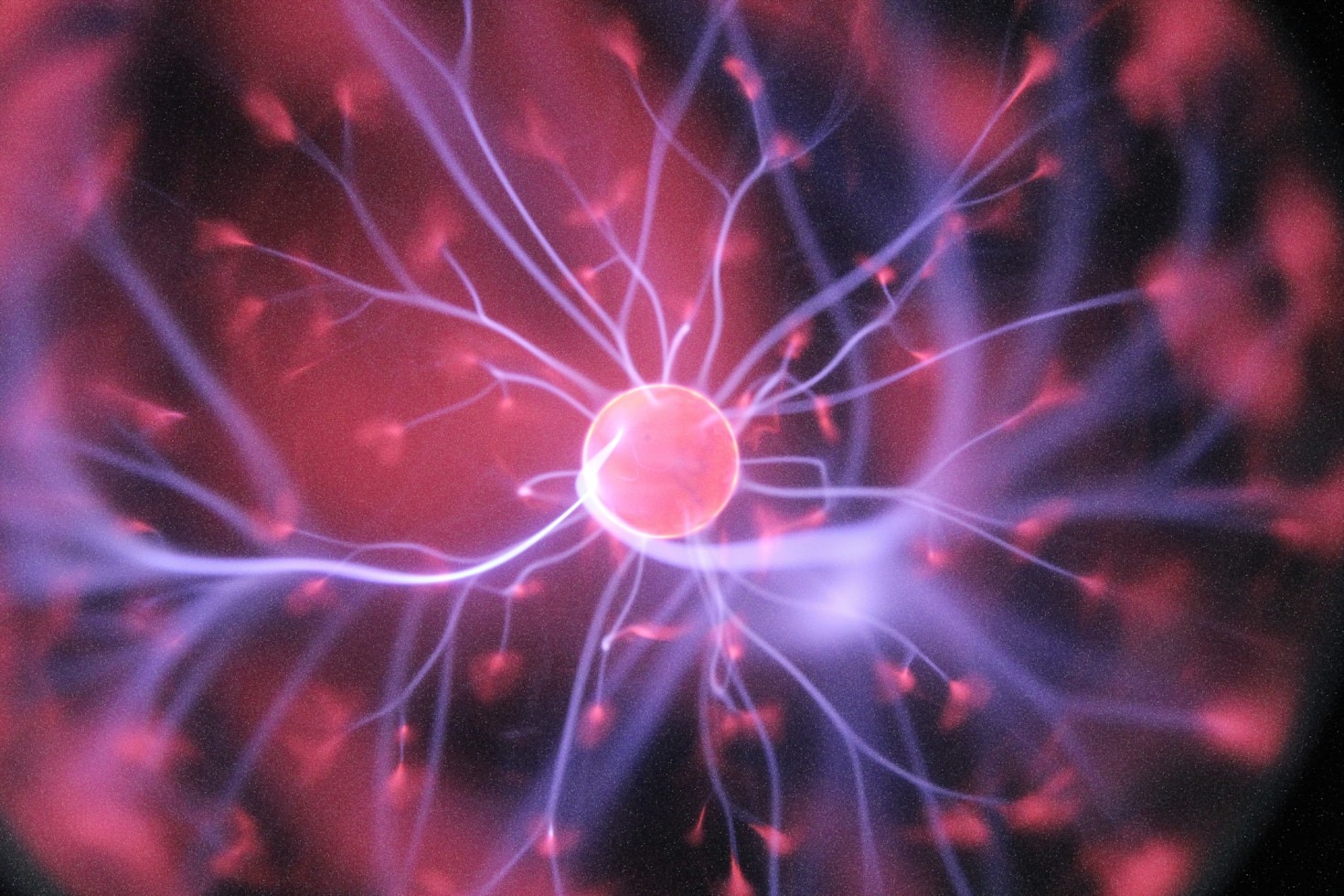Behavioural Economics in Real-Life Scenarios
Behavioural economics is a fascinating field that bridges the gap between psychology and economics, exploring how people make decisions in real-world contexts. Unlike traditional economic theories that assume individuals are rational actors who always make decisions in their best interest, behavioural economics acknowledges that humans often act irrationally due to cognitive biases, emotions, and social influences. By understanding these behaviours, businesses, policymakers, and individuals can make better decisions and design more effective systems. Here are some real-life scenarios where behavioural economics plays a crucial role:
1. Nudging for Better Choices
One of the most well-known applications of behavioural economics is the concept of “nudging,” pioneered by Richard Thaler and Cass Sunstein. Nudges are subtle interventions that steer people toward better decisions without restricting their choices. For instance, placing healthier foods at eye level in a cafeteria encourages people to choose them over junk food. Similarly, automatic enrollment in retirement savings plans increases participation rates because it leverages inertia—people are less likely to opt out than opt in.
2. Pricing Strategies and Perceived Value
Retailers often use behavioural economics principles to influence consumer spending. For example, “anchoring” affects how we perceive prices. If a product is displayed next to a more expensive item, the cheaper item appears like a bargain, even if it is still overpriced. Additionally, limited-time offers or “scarcity” messages, such as “Only two left in stock,” create urgency and encourage purchases, even when the buyer might not need the item immediately.
3. Defaults and Decision-Making
Defaults play a significant role in shaping behaviour. People are more likely to stick with pre-set options due to status quo bias—the tendency to prefer the current state of affairs. For example, many countries have adopted default organ donation policies where citizens are automatically donors unless they opt out. This has significantly increased organ donation rates compared to opt-in systems.
4. Social Proof in Marketing
Behavioural economics highlights the power of social proof—people tend to follow the actions of others, especially in uncertain situations. Businesses leverage this by displaying reviews, ratings, or “most popular” labels on products and services. For instance, showing that “90% of customers chose this package” can persuade more people to make the same choice.
5. Procrastination and Commitment Devices
Many people struggle with procrastination, whether delaying exercising, saving money, or completing work tasks. Behavioural economics offers solutions through commitment devices—tools or strategies that help individuals stick to their goals. For example, apps like Stickk allow users to set financial penalties if they fail to meet their objectives. Similarly, setting up automatic transfers to a savings account each month ensures consistent saving without requiring active effort.
6. Framing Effects
How information is presented—or “framed”—can significantly impact decision-making. For instance, people are likely to choose a product labelled “90% fat-free” rather than “contains 10% fat,” even though both statements convey the same information. Policymakers and advertisers use framing to influence behaviour, such as promoting vaccines by emphasising their success rate rather than the rare side effects.
7. Loss Aversion in Financial Decisions
Behavioural economics reveals that people are more sensitive to losses than gains—a phenomenon known as loss aversion. This bias explains why investors may hold on to losing stocks for too long, hoping to avoid realising a loss, or why consumers are more likely to act on a “limited-time discount” to avoid missing out. Understanding loss aversion helps financial advisors and individuals make more rational investment decisions.
8. Encouraging Sustainable Behaviour
Governments and organisations use behavioural economics to promote eco-friendly habits. For example, energy companies send feedback reports comparing a household’s energy usage to that of its neighbours. Households using more energy tend to reduce consumption to align with the social norm. Similarly, recycling bins in convenient locations increase recycling rates by reducing the required effort.
Conclusion
Behavioural economics provides valuable insights into human decision-making, helping us understand why people act the way they do and how to influence their choices effectively. Businesses, policymakers, and individuals can design systems and strategies that encourage better societal outcomes by applying these principles in real-life scenarios. Whether nudging healthier choices, improving financial habits, or promoting sustainable practices, behavioural economics can create meaningful change in everyday life.



Leave a Reply